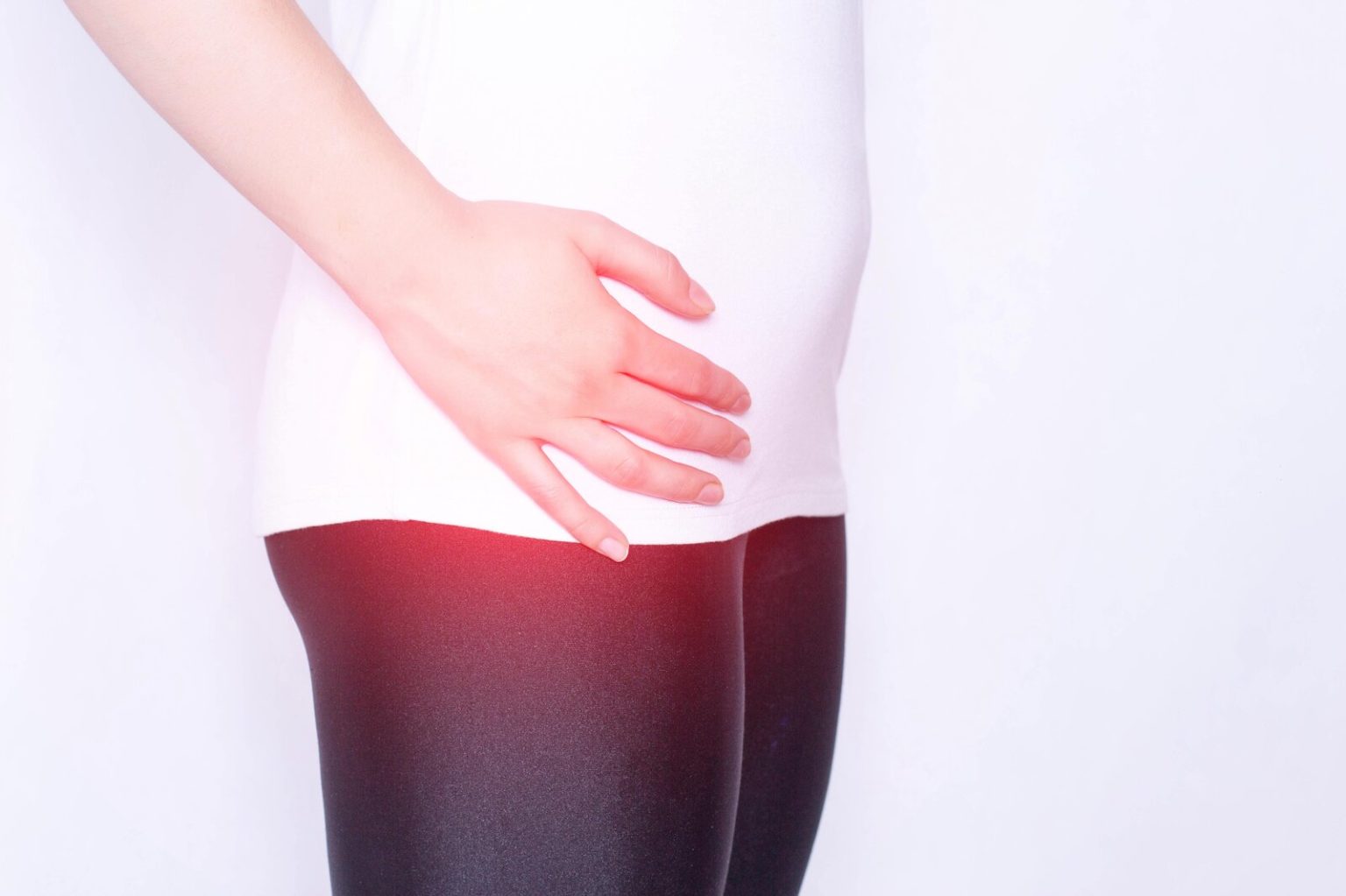+918048039022

This is your website preview.
Currently it only shows your basic business info. Start adding relevant business details such as description, images and products or services to gain your customers attention by using Boost 360 android app / iOS App / web portal.
Physiotherapy plays a crucial role in the mana...

Physiotherapy plays a crucial role in the management of hip bursitis, which involves inflammation of the bursae (fluid-filled sacs) around the hip joint. The two most common types of hip bursitis are trochanteric bursitis (involving the bursa over the greater trochanter of the femur) and iliopsoas bursitis (involving the bursa in front of the hip joint). Here’s how physiotherapy can help in the treatment of hip bursitis: Goals of Physiotherapy for Hip Bursitis: Pain Relief: Reduce pain and inflammation in the affected area. Improvement in Mobility: Increase range of motion in the hip joint and surrounding muscles. Restoration of Function: Restore normal movement patterns and functional activities (such as walking, climbing stairs, and getting up from a chair) without pain. Physiotherapy Interventions for Hip Bursitis: Education: Understanding the condition, aggravating factors (like certain activities or postures), and the importance of modifying activities to reduce stress on the hip joint. Manual Therapy: Techniques such as soft tissue massage, joint mobilization, and stretching to improve flexibility, reduce muscle tension, and enhance joint mobility. Modalities: Use of therapeutic modalities such as ultrasound, ice or cold therapy, or electrical stimulation to reduce pain and inflammation. Exercise Therapy: Stretching: Gentle stretching exercises for the hip flexors, quadriceps, hamstrings, and iliotibial band (ITB) to alleviate tension and improve flexibility. Strengthening: Gradual strengthening exercises for the hip abductors, external rotators, and gluteal muscles to stabilize the hip joint and support proper alignment. Core Strengthening: Exercises to strengthen the core muscles (abdominals and lower back) to provide stability and reduce strain on the hip joint. Functional Training: Activities focused on improving balance, coordination, and proprioception to enhance overall functional ability. Gait Training: Correcting any abnormal walking patterns or compensations that may exacerbate hip bursitis symptoms. Posture Correction: Emphasizing proper posture during sitting, standing, and sleeping to reduce stress on the hip joint and surrounding structures. Activity Modification: Advising on modifications to daily activities or sports to avoid exacerbating symptoms and promoting recovery. Progression and Maintenance: Physiotherapy for hip bursitis typically begins with gentle exercises and progresses gradually as pain and inflammation decrease and strength and flexibility improve.

